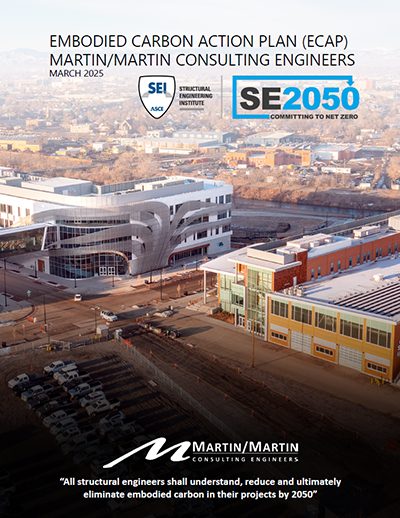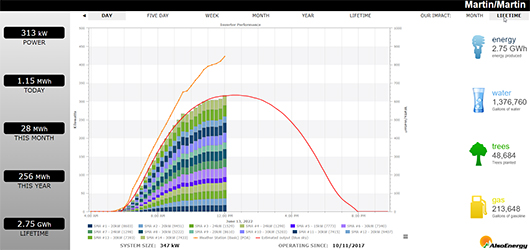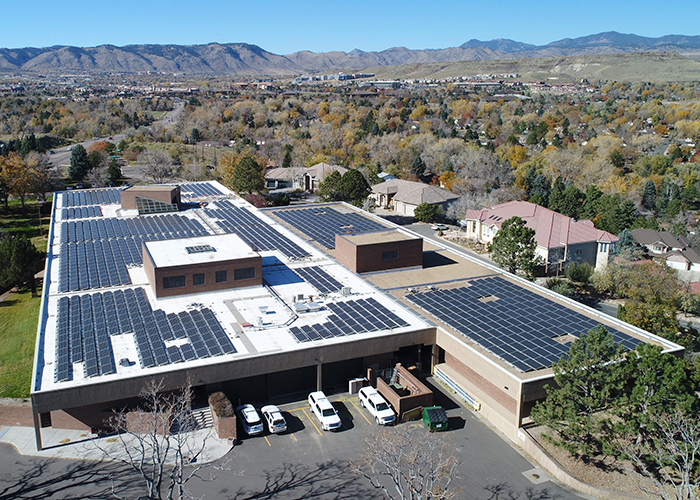
 Sustainability at Martin/Martin
Sustainability at Martin/Martin
The built environment contributes nearly 40% of global greenhouse gas emissions through the construction, fabrication, and operations of facilities. Martin/Martin recognizes this and is actively working to reduce emissions through thoughtful project design coupled with progressive internal policies.
Overview
We have led changes related to site water reuse and treatment exemplified in Denver’s One Water plan. We are a signatory firm to SE 2050, a commitment by engineering firms to understand, reduce, and ultimately eliminate embodied carbon in our projects by 2050. We are deeply committed to protecting our natural resources and integrating sustainable practices into our designs and operations. With more than 160 LEED projects completed (including 20+ LEED Platinum pursuits) and 28 LEED Accredited Professionals, Martin/Martin is a recognized leader in environmentally conscious design. Read our Embodied Carbon Action Plan on the SE2050 website here.
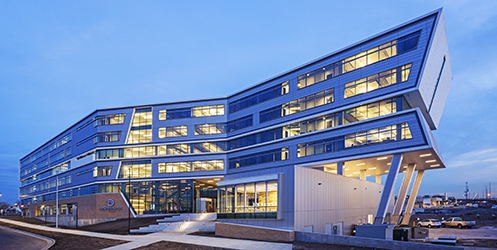

Our Green Investments
 In 2017, Martin/Martin invested in solar energy, covering the 70,000 sf Lakewood headquarters roof in solar panels. Since that time, the energy produced by the panels is more than 2.5gwh, equal to the annual consumption of 60,000 homes. Additionally, we have installed electric vehicle charging stations and have started an office composting program.
In 2017, Martin/Martin invested in solar energy, covering the 70,000 sf Lakewood headquarters roof in solar panels. Since that time, the energy produced by the panels is more than 2.5gwh, equal to the annual consumption of 60,000 homes. Additionally, we have installed electric vehicle charging stations and have started an office composting program.
With a focus on sustainability and land stewardship, we choose to partner with Compost Colorado. Through this partnership, we diverted thousands of pounds of compostable waste away from the landfill - this waste was transformed into nutrient soil that was returned back to the community. You can support your local ecology/ environment too - learn more here.

Site Solutions
- Bioswales to purify water
- Detention ponds integrated with natural landscape
- Low-flow channels feeding into wetlands
- Forebays to control flooding and create riparian habitats
- Native and adaptive landscaping
- Using on-site materials for landscape features
- Roof water collection and treatment
- Rain gardens
- Tree preservation
- Prevegitated erosion control mats
- Porous paving systems made of recycled content to improve water infiltration and purification, flood management, and heat island effect
Select Project Examples

Embodied Carbon and Life Cycle Assessment
- Analyze and compare the cradle-to-gate embodied carbon impact of structural systems using Tally, a Revit-compatible life cycle analysis software
- Integrate Environmental Product Declarations (EPD) for accurate measurement of material impacts on the environment
- Provide owners and clients with the necessary information to make design decisions that promote sustainable practices in the community and for the future
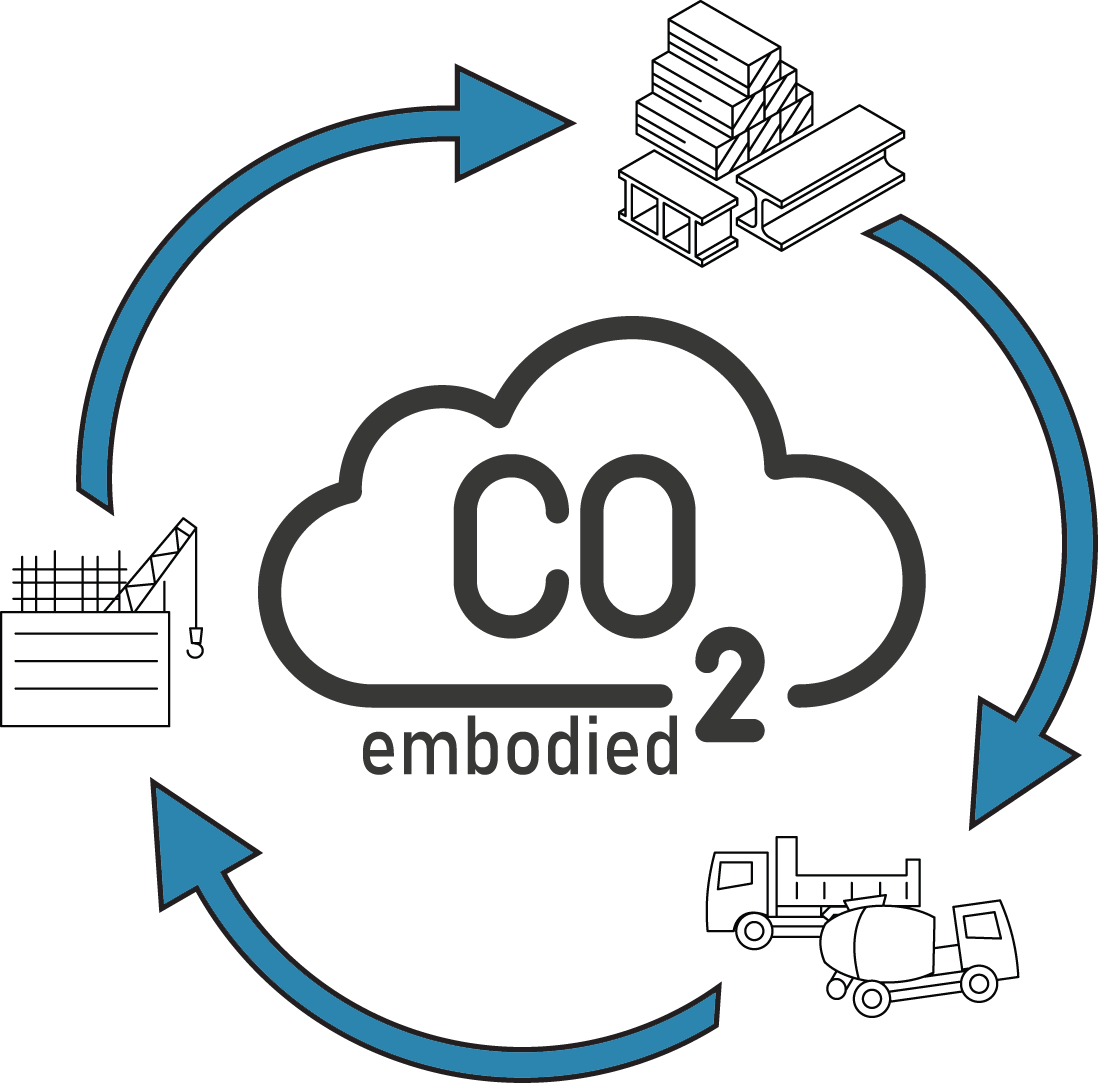

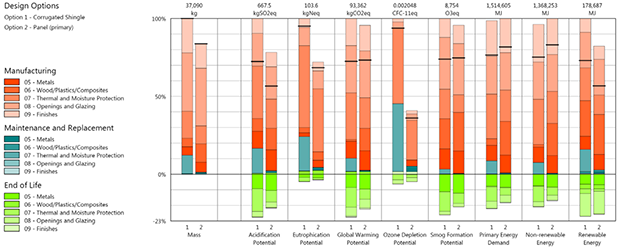
Colorado Water Reuse Law
We contributed to legislative changes in Colorado, guiding the local jurisdictions and leaders in the design of the first system to treat and use black and grey water on site. Changes in water reuse laws included the storage and use of rainwater for landscaping, as well as optimizing water usage for maximum sustainability performance.
Select Project Examples:
- Denver Water Campus Redevelopment Denver, CO
- Colorado State University Hydro/Spur Denver, CO
- Sterling Ranch Littleton, CO
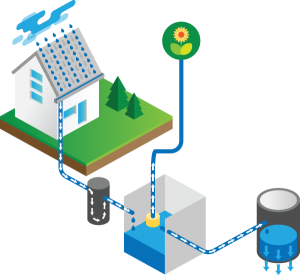
Mass Timber
The use of mass timber in structural design offers the sustainable benefits of a low carbon footprint and the ability to sequester carbon for long periods of time. Utilizing mass timber versus steel or concrete in building construction has been shown to reduce carbon dioxide emissions by 15-20%.
Select Project Examples
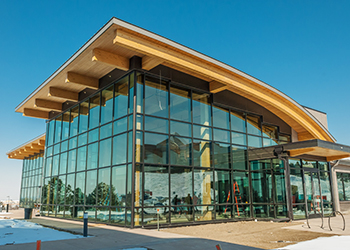
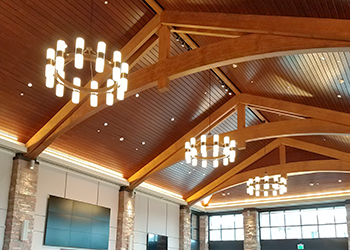
Adaptive Reuse
- Material reuse, including dismantling, shipping, and reassembling materials on a different site
- Historic building reuse where structural integrity is improved
- Retrofitting existing buildings for different occupancy
Select Project Examples
- Ellie Caulkins Opera House Denver, CO
- Broad Axe Barn, Devil’s Thumb Ranch Tabernash, CO
- Denver 911 Call Center Denver, CO
- CSU Spur McConnell Building, Denver CO
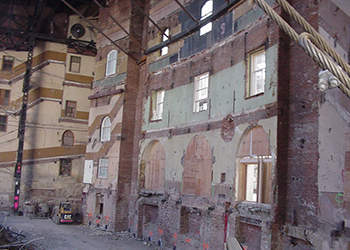
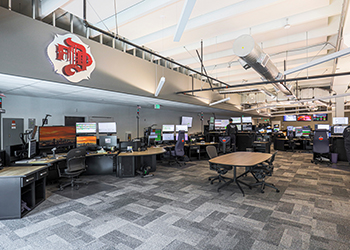

 Sustainability Overview
Sustainability Overview Sustainability at Martin/Martin
Sustainability at Martin/Martin